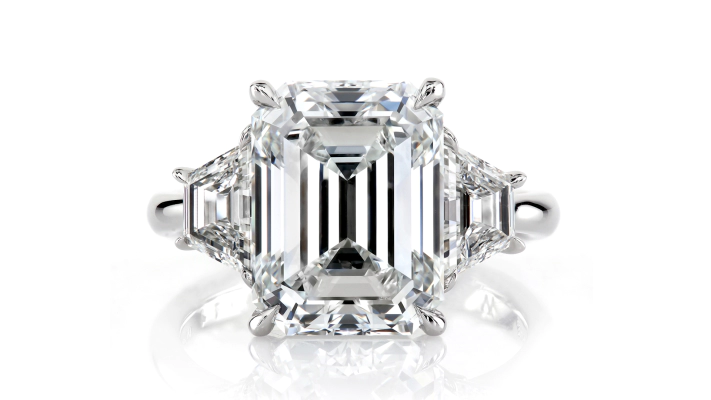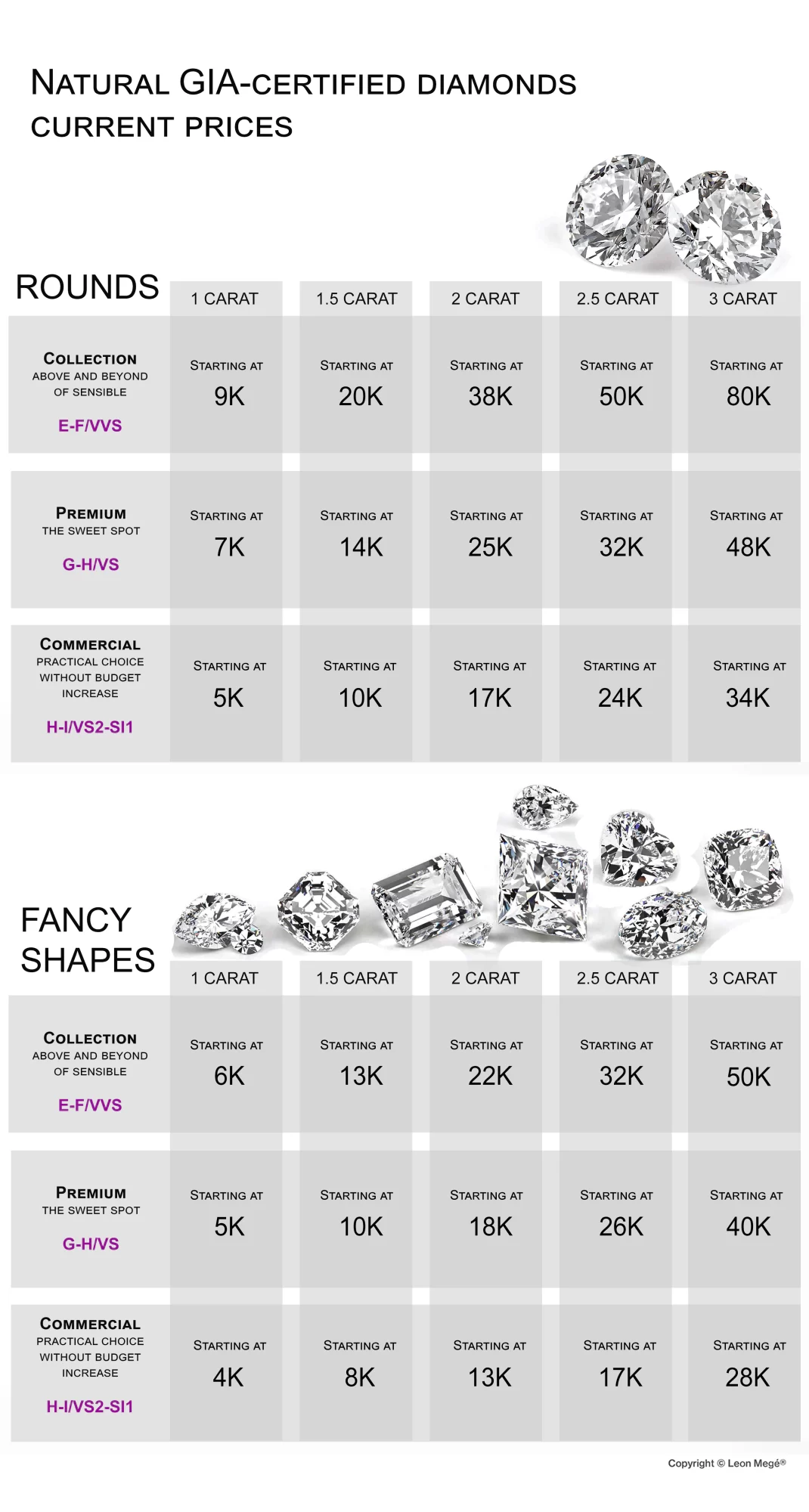Selecting a diamond
- Look up current diamond prices here but feel free to use other sources.
- A round diamond is more expensive than a fancy-shaped diamond.
- Most jewelers do not own the diamonds but source them.
- The majority of diamonds are listed on one of several wholesale marketplaces.
- You can identify any diamond by its GIA certificate number.
- GIA is the gold standard in diamond grading. Buy only a GIA-certified diamond.
- There is a Cut grade for round diamonds, but not for fancy shapes.
- “Ideal cut” is not an official grade. All stones with GIA ExExEx grade (excellent cut, polish, and symmetry) are ideal-cut diamonds.
- “Super ideal” or “Hearts and Arrows” are round diamonds with exceptional symmetry and proportions. Their negligible superiority comes at a steep premium.
- So-called “blockchain-enabled” diamonds are a deceitful marketing ploy.
- Vintage diamond cuts, such as Antique cushions and Asschers, are more expensive than modern diamonds due to their scarcity.
- Most antique diamonds are cut in the present day and are highly desirable.
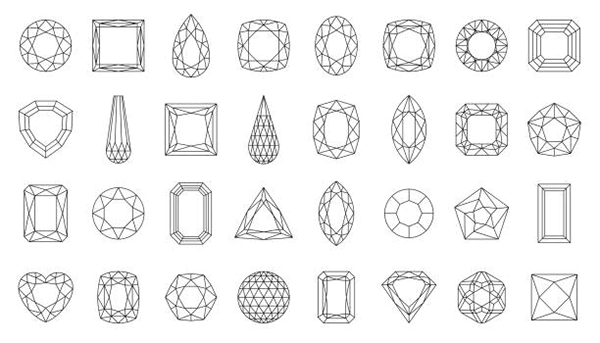
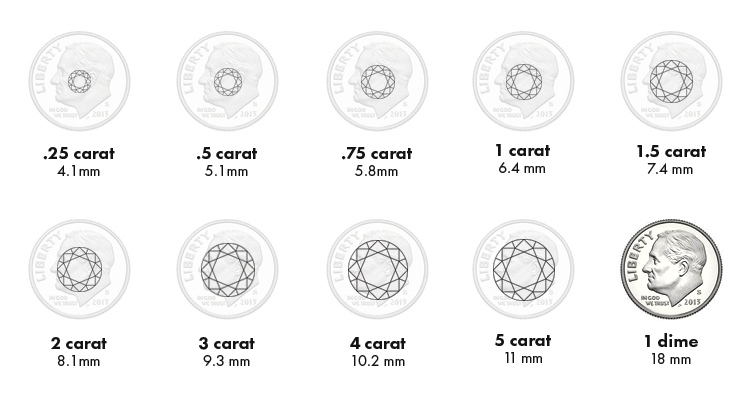
How many carats?
The recipient’s physical appearance does not determine the diamond size. Neither does body type, height, or length of fingers. The carat size is determined by your social standing, your family’s affluence, and peer pressure.
The average engagement ring in the US has an approximately one-carat diamond.
Carats indicate a diamond’s weight, not its dimensions or size. The number of carats serves mostly for bragging rights and the actual carat weight often cannot be eyeballed.
The smaller the finger, the larger the diamond will appear. A 2-carat diamond appears much larger on a size three finger than on a size 9.
diamond grade
The Gemological Institute of America, the world leader in unbiased diamond grading, created an easy-to-use 4C system for rating diamond Carat weight, Color, Clarity, and Cut.
To decide which grade is best for you, compare the most popular diamond tiers:
- Investment grade D-E/IF diamonds – rarely used in jewelry, keep it in the safe and wait for inflation to kick in.
- Collection grade – E-F/VVS diamonds – top grade, when you want the best and are ready to pay for it
- Premium grade- G-H/VS-SI1 diamonds – the sweet spot, the perfect balance between quality and cost
- Commercial grade – I-J/SI diamonds – when you want a stone bigger than you can afford
- Budget grade – I-K/SI1-I diamonds – mostly used in inexpensive low-end fashion jewelry
An ideal cut is recommended for investment and collection grades, as well as the premium grade round diamonds. Premium-grade fancy shapes are OK with Very-Good cut or better. Look for at least good symmetry in commercial-grade diamonds. Budget-grade diamonds are not GIA-graded, so whatever certificate accompanies them is worthless. Most jewelry sold in the US is set with Commercial/Budget grade diamonds.


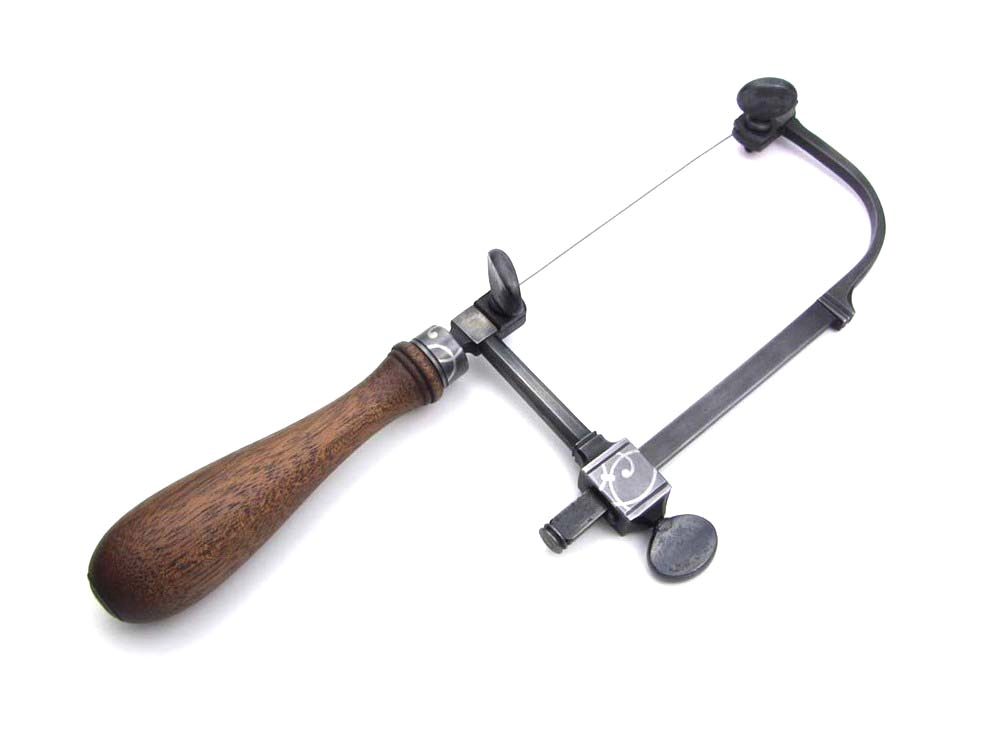
Custom vs Factory-made
A custom-made ring is fundamental when you want to look and feel attractive, successful, and powerful.
A custom engagement ring is designed better, made of premium materials, and fits the diamond without gaps, kinks, or unwanted reflections, enhancing its appearance and increasing value. The value of mass-produced jewelry quickly plummets because it is a part of a planned obsolescence market. On the other hand, a unique engagement ring is destined to become an heirloom.
The intelligent way to shop is to think long-term and not be scared away by the upfront cost. The premium paid for the custom work returns as a better-looking ring that makes your diamond appear bigger and brighter. Custom-made jewelry offers unlimited possibilities, while mass-produced comes in a limited number of styles.
Metal preferences
Platinum is the best metal for an upscale engagement ring for many reasons. Yellow or Rose (pink) are popular gold colors. In fine jewelry, we use only 18-karat gold alloy, anything lower than 18-karat (i.e., 14-karat) is never used for precision forging.
White gold is a platinum substitute, seldom used in fine hand-made jewelry. Forging platinum is easier and less expensive than gold.
If you are still not convinced that platinum is better, please read Platinum vs. White Gold.
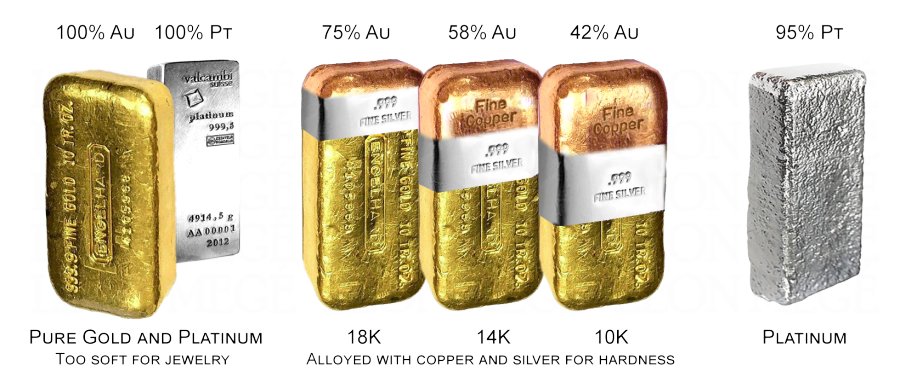
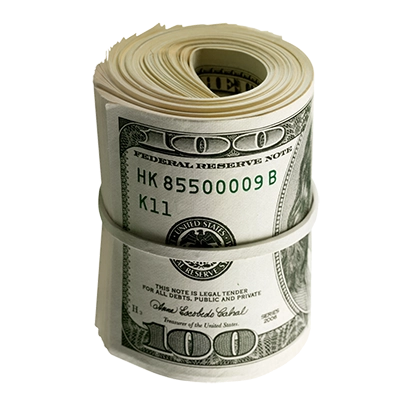
Budget decision
Reasonable expectations will shield you from major disappointment. Start with setting your budget, and do not change even if you are told offered an incredible deal.
The recipient’s physical appearance, body type, height, or length of fingers do not determine the diamond size. Your social status and peer pressure play a decisive role. The old rule, “two to three months’ salary,” is an outdated concept that should be put to rest.
New guidelines:
- your projected one-month income ten years from now
- ten times the cost of the wedding dress
- the rough cost of the wedding ceremony
- the cost of the honeymoon, x 4
- the recipient’s sibling’s ring, x 1.2
- the recipient’s best friend’s ring, x 1.5
- the ex’s ring x2 for every decade passed
- Knowing the correct finger size is essential, so try to find it before the ring design is finalized.
- Bespoke engagement rings use only hand-forged components. The rings are assembled with precise tolerances and the greatest emphasis on craftsmanship.
- Micro pave diamonds are tiny tiles making unsightly metalwork pretty and sparkly. Adding pave significantly increases the total price.
- The cost of setting is more than pave diamonds.
- In the upscale segment, diamond shapes (in order of popularity) are round, cushion, emerald cut, oval, pear, heart, and Asscher. In the mass-produced segment: round, cushion, princess, pear, marquise, radiant, oval, and emerald cut.
- Ignore strangers who offer advice in picking diamonds. They are paid agents or unlicensed brokers prowling public forums.
- Avoid missing out on a good deal because your funds are not liquid.
- Do not buy a white diamond with a strong blue fluorescence unless you can tell bad fluorescence from benign.
- Do not use a credit card to buy a diamond ring. Any credit card transaction carries up to a 3% hidden cost, even if you are told there are no credit card fees.
- Most so-called “private jewelers” have a retail background; they are rogue salespeople, independent smooth-talkers often unfamiliar with the intricacies of bespoke jewelry.
Before the Internet, buying a brand guaranteed high standards of craftsmanship. These days, buying an engagement ring from a luxury retailer is an admission of not being able to understand quality and being willing to pay triple for your ignorance.
Once you start thinking about the proposal, there is no reason to delay the inevitable; ultimately, the “right” time is up to you. There is no prime purchasing season for custom-made engagement rings, but the holidays can affect production times. Instead of taking the plunge at the year-end when jewelers rush to deliver before shutting down for the winter break, wait until after the New Year.
Spend about a week doing market research and familiarize yourself with diamond grades and ring types. Learn how to use the GIA 4C system to balance the diamond grade with your budget.
Exploring your options and selecting a jeweler to trust with your purchase takes a few days. Once you set clear guidelines, the jeweler can propose the best loose diamonds. Diamonds’ shelf life is about a week, so deciding between the top contenders should not take longer than a couple of days. It takes, on average, 3 to 6 weeks to hand-forge a ring. All-in-all, you are looking at a two-three month process for a hand-forged piece. Getting a ring from a low-end jeweler working with casting takes less time, but is saving time justify inferior quality?
One ring per finger
You can wear engagement and wedding rings on any hand you choose. Traditionally both rings are worn on the same finger, but this tradition is outdated. Unless you believe in the old wife’s tale about a special vein connecting your ring finger directly to the heart, you are free to wear both rings separately and avoid damaging them.
Choose the diamond shape first
Each diamond shape (also known as a cut) is priced differently. A round cut is the most expensive, as are vintage cuts such as antique cushions and Asschers. Knowing the cut you want will allow comparing apples to apples.
Want to find out the ring size secretly?
Get your partner drunk. You have to be careful not to inebriate yourself so you are still up for the job. Have a strip of paper and a sharp pencil ready. Wrap the strip around the KNUCKLE on a RING finger of the left hand.
Mix not Match
Once upon a time, everyone wore matching sets of an engagement ring and a wedding band. The current trend is to choose a band that complements the engagement ring, not mimics it. Choose a band based on your personal preference, tailored to your taste.
Keeping the ring clean can save you money.
Use a household-grade ultrasonic cleaner or rinse your ring regularly using dishwashing soup and a soft toothbrush. Dirt drops a diamond color by a few grades, so you can buy a cheaper diamond and still get the same sparkle.
Get ring size measured correctly
Make sure to get the ring finger properly measured by the jeweler who will make the ring. If this is a surprise proposal, talk to your partner’s parents, siblings, or best friends; they should be able to find out. If all fails, get your partner drunk and use a paper strip to measure the size.
A diamond ring is an investment in your future relationship. In the past, diamond ownership practically guaranteed a hefty return, but the assumption is no longer valid. Diamond prices took a nosedive more than a decade ago, but consumers are unlikely to capitalize on the price increase even if they recover. You can lose at least half the value by liquidating a diamond on a secondary market.

